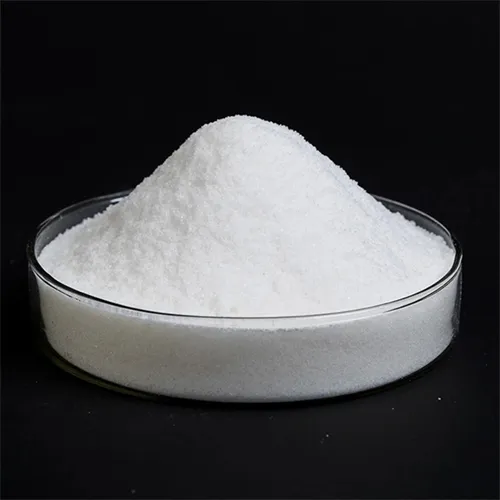 Email: sale@hebeidisha.com
Email: sale@hebeidisha.com
 Tel: +86 13315186550
Tel: +86 13315186550
- Afrikaans
- Albanian
- Amharic
- Arabic
- Armenian
- Azerbaijani
- Basque
- Belarusian
- Bengali
- Bosnian
- Bulgarian
- Catalan
- Cebuano
- China
- China (Taiwan)
- Corsican
- Croatian
- Czech
- Danish
- Dutch
- English
- Esperanto
- Estonian
- Finnish
- French
- Frisian
- Galician
- Georgian
- German
- Greek
- Gujarati
- Haitian Creole
- hausa
- hawaiian
- Hebrew
- Hindi
- Miao
- Hungarian
- Icelandic
- igbo
- Indonesian
- irish
- Italian
- Japanese
- Javanese
- Kannada
- kazakh
- Khmer
- Rwandese
- Korean
- Kurdish
- Kyrgyz
- Lao
- Latin
- Latvian
- Lithuanian
- Luxembourgish
- Macedonian
- Malgashi
- Malay
- Malayalam
- Maltese
- Maori
- Marathi
- Mongolian
- Myanmar
- Nepali
- Norwegian
- Norwegian
- Occitan
- Pashto
- Persian
- Polish
- Portuguese
- Punjabi
- Romanian
- Russian
- Samoan
- Scottish Gaelic
- Serbian
- Sesotho
- Shona
- Sindhi
- Sinhala
- Slovak
- Slovenian
- Somali
- Spanish
- Sundanese
- Swahili
- Swedish
- Tagalog
- Tajik
- Tamil
- Tatar
- Telugu
- Thai
- Turkish
- Turkmen
- Ukrainian
- Urdu
- Uighur
- Uzbek
- Vietnamese
- Welsh
- Bantu
- Yiddish
- Yoruba
- Zulu
nóv . 23, 2024 23:40 Back to list
exploring the diverse applications and benefits of adipic acid
Exploring the Diverse Applications and Benefits of Adipic Acid
Adipic acid, a dicarboxylic acid with the formula C6H10O4, plays a pivotal role in various industries, showcasing its versatility and significance. Primarily produced through the oxidation of cyclohexanol or cyclohexene, adipic acid serves as a crucial intermediate in the production of nylon, particularly nylon 66, which is essential for creating durable textiles and plastics.
One of the most notable applications of adipic acid is in the synthesis of polyamides, especially nylon fibers used in clothing, carpets, and industrial products. The strength and resilience of nylon make it a preferred material in automotive, aerospace, and consumer goods sectors. Moreover, nylon's ability to withstand wear and tear while maintaining its structure has made it an invaluable component in the manufacturing of various electronic devices.
Adipic acid is not limited to fabric production; it is also utilized in the formulation of coatings, adhesives, and sealants. The acid’s properties enhance the performance and durability of these materials, making it an essential ingredient in the paint and coatings industry. Furthermore, adipic acid serves as a plasticizer, improving the flexibility and workability of polymeric materials. This characteristic is vital in producing flexible and impact-resistant plastics used in packaging and consumer products.
exploring the diverse applications and benefits of adipic acid

Another significant benefit of adipic acid is its role in the food industry as an acidity regulator and flavoring agent. It is often found in food products to enhance flavor profiles and maintain product stability. Additionally, its use in pharmaceuticals as a pH adjuster confirms its importance beyond conventional industrial applications.
Moreover, with the growing emphasis on sustainability, research is underway to develop more eco-friendly production methods for adipic acid. Bio-based processes aim to reduce the environmental footprint associated with its traditional synthesis, potentially offering a greener alternative for manufacturers and industries that rely on this valuable compound.
In conclusion, adipic acid is a multifaceted chemical compound that underpins numerous applications across various sectors. Its contributions to the production of durable materials, effective coatings, and even food additives underscore its significance in modern manufacturing and consumer products. As efforts to develop sustainable production methods advance, the future of adipic acid will likely become even more impactful, paving the way for innovations that align with environmental goals.
Latest news
-
Certifications for Vegetarian and Xanthan Gum Vegetarian
NewsJun.17,2025
-
Sustainability Trends Reshaping the SLES N70 Market
NewsJun.17,2025
-
Propylene Glycol Use in Vaccines: Balancing Function and Perception
NewsJun.17,2025
-
Petroleum Jelly in Skincare: Balancing Benefits and Backlash
NewsJun.17,2025
-
Energy Price Volatility and Ripple Effect on Caprolactam Markets
NewsJun.17,2025
-
Spectroscopic Techniques for Adipic Acid Molecular Weight
NewsJun.17,2025